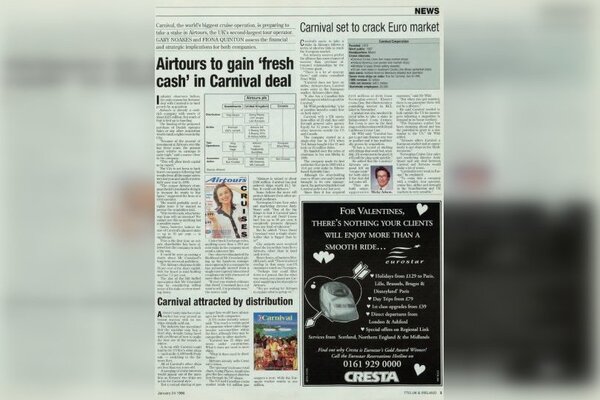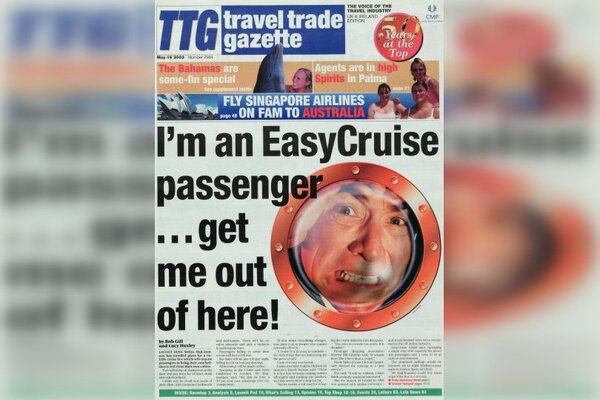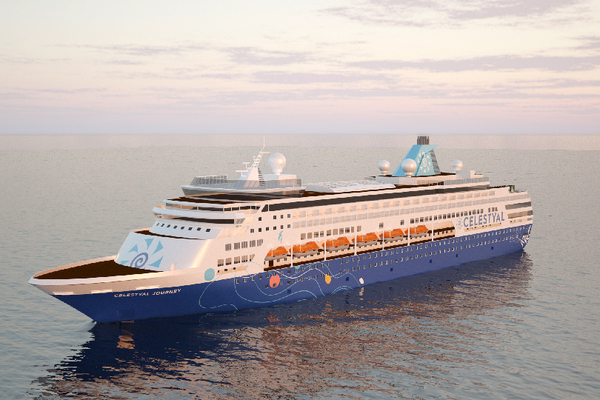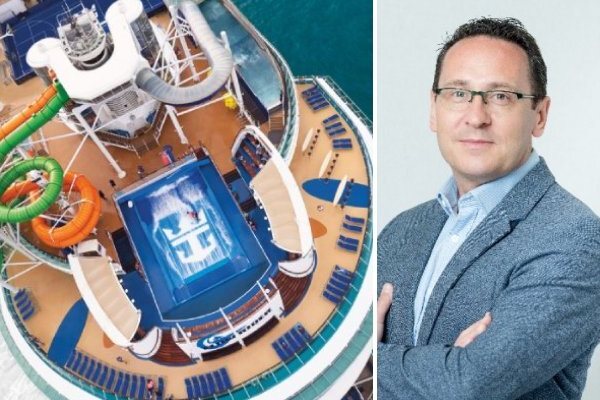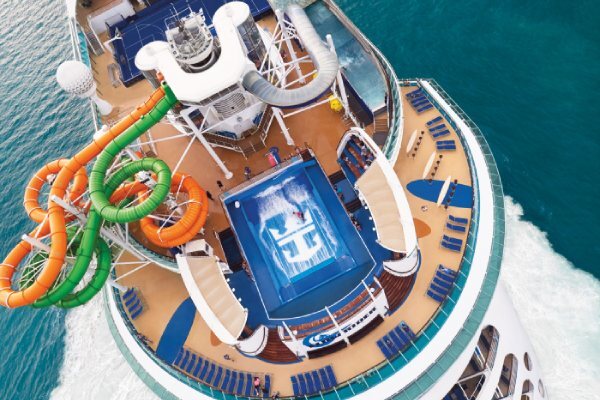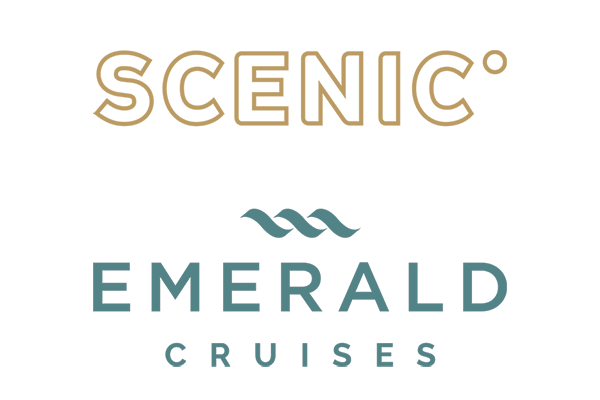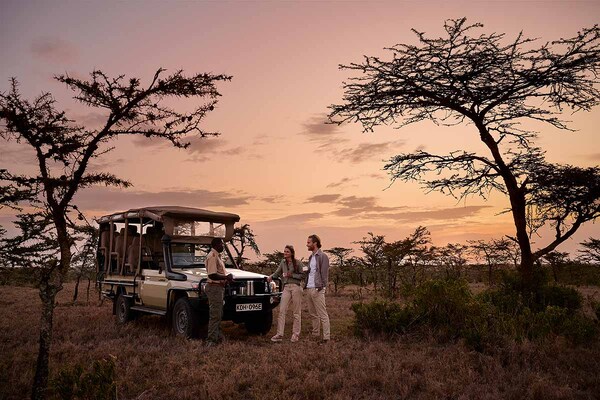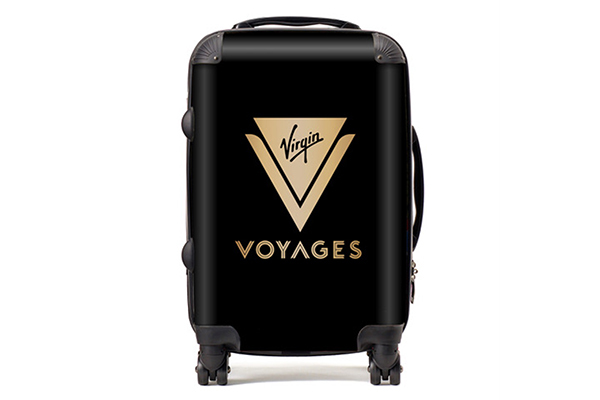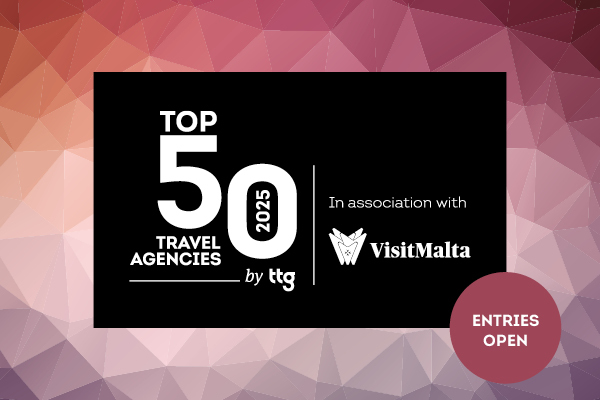TTG at 70: charting the extraordinary rise of the cruise industry
 Gary Noakes
Gary NoakesMany of TTG’s earliest editions carried front-page pictures of ships as travel began its resurgence in the post-war period, with ocean liners playing a big part.
The contrast with today’s mega ships, though, was marked; one such liner was the 20,464-ton Antilles that began sailing from Le Havre and Southampton to Barbados and five other calling points, taking a month to do the round trip with 777 passengers.
On journeys such as this, leisure passengers were often secondary to those visiting friends and relatives and freight. An example was Royal Mail Lines, which sailed from Southampton to the British outpost of St Helena. The return journey took nearly three months, and the ship carried 400 passengers, with fares from £395 (£7,864 today).
But such journeys, particularly those transatlantic ones, became rarer with the growth of air travel. In 1960, TTG reported on how air had begun to surpass sea, with 2.55 million journeys in the skies that year compared with 2.43 million on the water. It added: “Sea travel in general is not declining, but the big increases in travel as a whole are being almost entirely won by air.”
The same year saw Abta hold its convention on P&O’s new ship, Oriana, a vessel that was to exemplify the industry’s transition. The 42,000-ton ship was built for the UK-Australia £10 Pom migration route, but switched to full-time cruises in 1973.
Growth industry
Others, however, had already spotted pleasure cruising as a growth industry, with brands like Princess Cruises, Norwegian Cruise Line and Royal Caribbean springing up in the 1960s.
But the industry as it is today really began in the 1970s and 1980s, particularly in the US where, in 1972, Carnival Cruise Line began using the 11-year-old Mardi Gras – a name revived in 2021. Carnival’s informal vacation formula was a big hit and, in 2023, it became the first line to reach the 100 million guest milestone.
Others took the relaxed concept and ran with it. In 1988, Royal Caribbean International launched Sovereign of the Seas, which carried 2,850 guests. Sovereign Class broke the mould with its central atrium and saw many rivals immediately order comparable designs.
Until this point, cruising was all about shuffleboard and deckchairs, but the era of big vessels with surf simulators and rollercoasters was about to begin.
Back in the UK, on a much less grand scale, package giant Airtours took its tune from Carnival – one of its investors – and launched its own informal cruise concept in the mid-1990s, using its in-house airline to offer fly-cruises.
Airtours bought four old ships, with the first – Seawing – built in 1971, able to carry 800 passengers despite being only 16,700 tons. However, most onboard were first-time cruisers with no expectations and the concept was a big hit. Tui – then known as Thomson – quickly followed suit.
In 1996, there was an estimated 148,700 berths in the UK cruise market, forecast to increase to 174,700 by 1998. The UK became known as a growth market for US and European cruise brands, with Southampton the epicentre.
Even easyJet founder Stelios Haji-Ioannou got involved, briefly entering the sector in 2005 with the launch of easyCruise, which required passengers to bring their own bedding and clean their own cabins. It didn’t last long.
As the industry grew, consolidation was inevitable, especially after 9/11, with P&O Princess Cruises merging in 2002 with Carnival Corporation after an 11-month takeover battle against rival Royal Caribbean.
In the 2010s, river cruising, a segment previously in the shadows, emerged as a growth sector, with Tui among the mainstream brands ordering ships. For the trade, river cruising was always associated with Egypt or Europe’s most well-known rivers, such as the Rhine, but this was about to change with itineraries on the Mekong and Yangtze rivers emerging.
While initially appealing to an older generation, brands quickly pointed out river cruising was ideal for those who wanted to walk into cities, travel on a smaller vessel, or who suffered from seasickness.
The contrast between sedate river journeys and floating mega resorts is already vast but next year it will get even bigger when Royal Caribbean’s 250,800-ton Icon of the Seas launches. Its 20 decks and eight “neighbourhoods” boast an ice rink, the largest water park at sea and a food hall – plus other attractions to keep its 7,600 passengers entertained and fed.
What did it all mean?
Cruising has come a long way since £10 passages to Australia. The industry today, like some of the vessels that power it, is immense.
Clia estimates there were 17.8 million cruise passengers globally in 2009. This rose to 30 million in 2019, with about half coming from North America, more than seven million from Europe, and almost two million from the UK.
Filling its ships has seen cruise widen its appeal to bring down the average client age. And as word spreads about what some vessels now offer, the industry can only continue to grow.
TTG at 70: Opening up the archives
During our 70th anniversary year (2023), TTG charted the history of the travel industry through a series of special features delving into the magazine's 70-year back catalogue, all of which is archived on the TTG Media website. Here is the story so far:
- How travel took on the Covid crisis – and won
- The long journey to package holiday perfection
- How travel agents have stood the test of time
- The extraordinary rise of the cruise industry
- Aviation's highs and lows through the ages
- The ash cloud, the rise of cruise – and the death of an institution
- How – and why – terror changed travel forever
- The 90s – the decade that just about saw it all
- How travel's boom-bust nature came to be
- The 'big bang' that made travel affordable for all
- All hail the package in the Swinging Sixties
- The rise of mass travel, and where it all began
Sign up for weekday travel news and analysis straight to your inbox

Gary Noakes
Supplier Directory
Find contacts for 260+ travel suppliers. Type name, company or destination.

